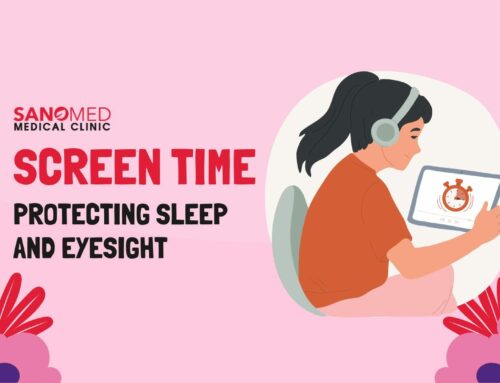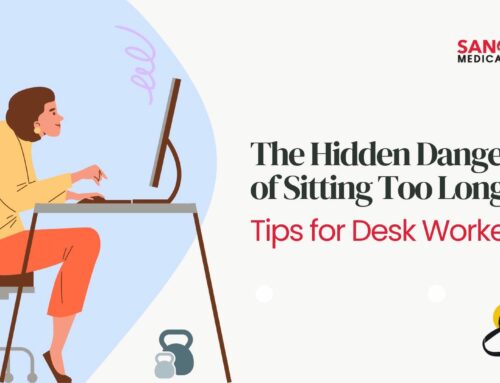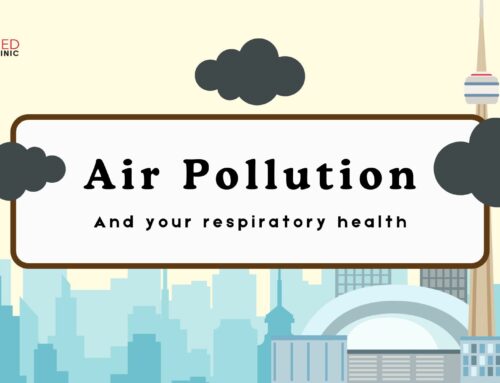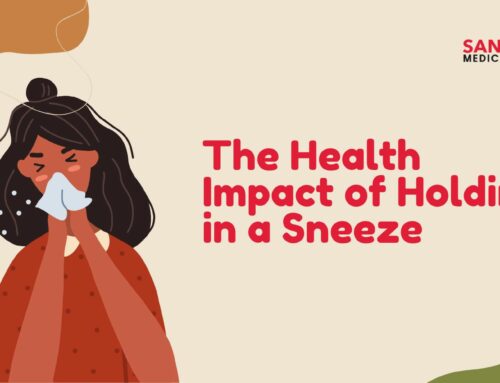Posttraumatic stress disorder (PTSD), also known as shell shock or battle fatigue syndrome, is a severe condition that can develop after a person has been exposed to or witnessed a traumatic or distressing incident involving severe bodily harm or threat. PTSD is a long-term effect of traumatic experiences that result in extreme fear, helplessness, or terror. Some examples of PTSD triggers are sexual or physical assault, the unexpected death of a loved one, an accident, war, or natural disaster. It can affect victims’ families, emergency responders, and rescue professionals. Most people who experience a traumatic event will experience shock, anger, anxiousness, dread, and guilt.
PTSD symptoms usually appear three months after a traumatic event. However, in some situations, they do not begin until years later. The illness’s severity and duration can vary. Some people can recover in six months, while others take considerably longer. Reliving, avoiding, increased arousal, negative cognitions, and mood are the four primary types of PTSD symptoms. In addition, the severity of PTSD symptoms can vary. When you are anxious or come across a specific reminder of what happened, you may have more symptoms.
Researchers are baffled as to why some people develop PTSD while others do not. After a stressful experience, genetics, neurobiology, risk factors, and personal characteristics may all play a role in whether or not you develop PTSD.
Talk therapy, medications, or a combination of the two are the most common treatments for PTSD. Since different people are affected by PTSD differently, a treatment that works for one person may not work for another. If you have PTSD, you should consult a mental health expert to determine the most effective treatment for your symptoms. Talk therapy or psychotherapy can help you understand your symptoms. You’ll learn to recognize what causes them and how to deal with them. Medications can also help with PTSD symptoms. Antidepressants can help with feelings of melancholy, stress, rage, and numbness on the inside. Other drugs can help with dreams and sleep issues.
Certain things can lower the chances of having PTSD. These are referred to as resilience factors, and they include the following:
- Seeking out support from other people, such as friends, family, or a support group
- Learning to feel good about your actions in the face of danger
- Having a coping strategy or a way of getting through the bad event and learning from it
- Being able to act and respond effectively despite feeling fear
Researchers are looking into the role of resilience and PTSD risk factors. They’re also figuring out how genetics and neurobiology play a role in PTSD. With more research, it may one day be feasible to predict who would get PTSD. This could also aid in the discovery of measures to prevent it.




